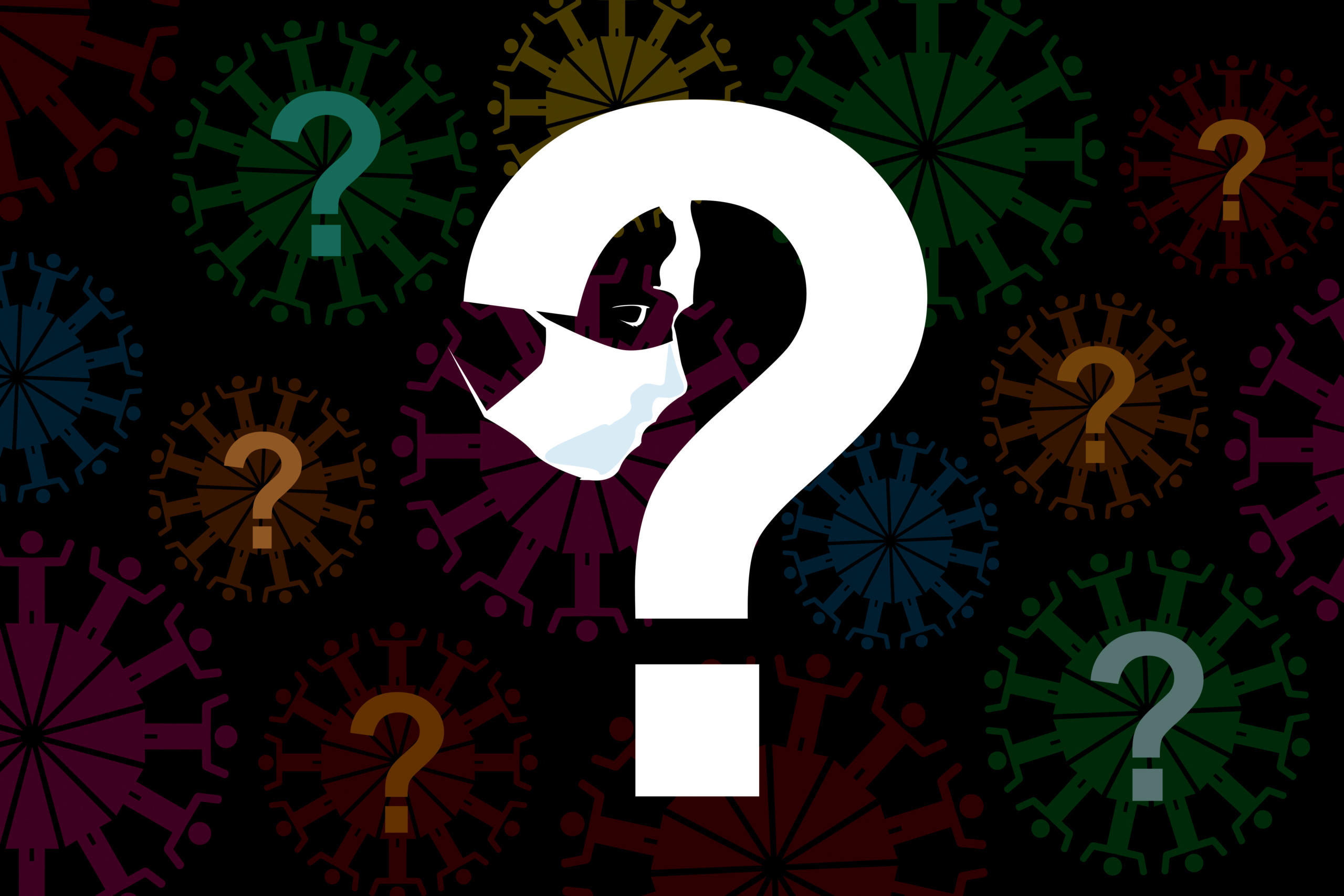
It’s been around the news: COVID-19 might trigger diabetes, at least in some people. That’s what several Breakthrough T1D-funded scientists posit. But let’s look at the evidence: Yes, the appearance of diabetes does occur in some people with COVID-19. Yes, it appears to be happening at a higher rate than is usual. Yes, the symptoms mirror new diagnoses of both type 1 and type 2 diabetes.
But, there are some warnings to keep in mind:
- Whether it persists or not remains to be determined.
- Is it type 1, type 2 or a new type of diabetes? That’s unclear, as well.
- Do these people with COVID-19-induced diabetes remain at higher risk for diabetic ketoacidosis (DKA), a life-threatening condition caused by when insulin is too low?
- Can this increase the incidence of T1D? We don’t know.
That’s why an international group of world-renowned scientists have established a global database (CoviDIAB Project) to collect information on people with COVID-19 and high blood-sugar levels who do not have a history of diabetes or problems controlling their blood sugar. We’ll know more as the CoviDIAB Project progresses.
Breakthrough T1D supported investigators who were authors of the letter include Stephanie A. Amiel, M.D., at King’s College London, Mark E. Cooper, Ph.D., at Monash University in Melbourne, Australia, and Eric Renard, M.D., of the University of Montpellier in France.
To find out more about how were turning type 1 into type none, visit here.